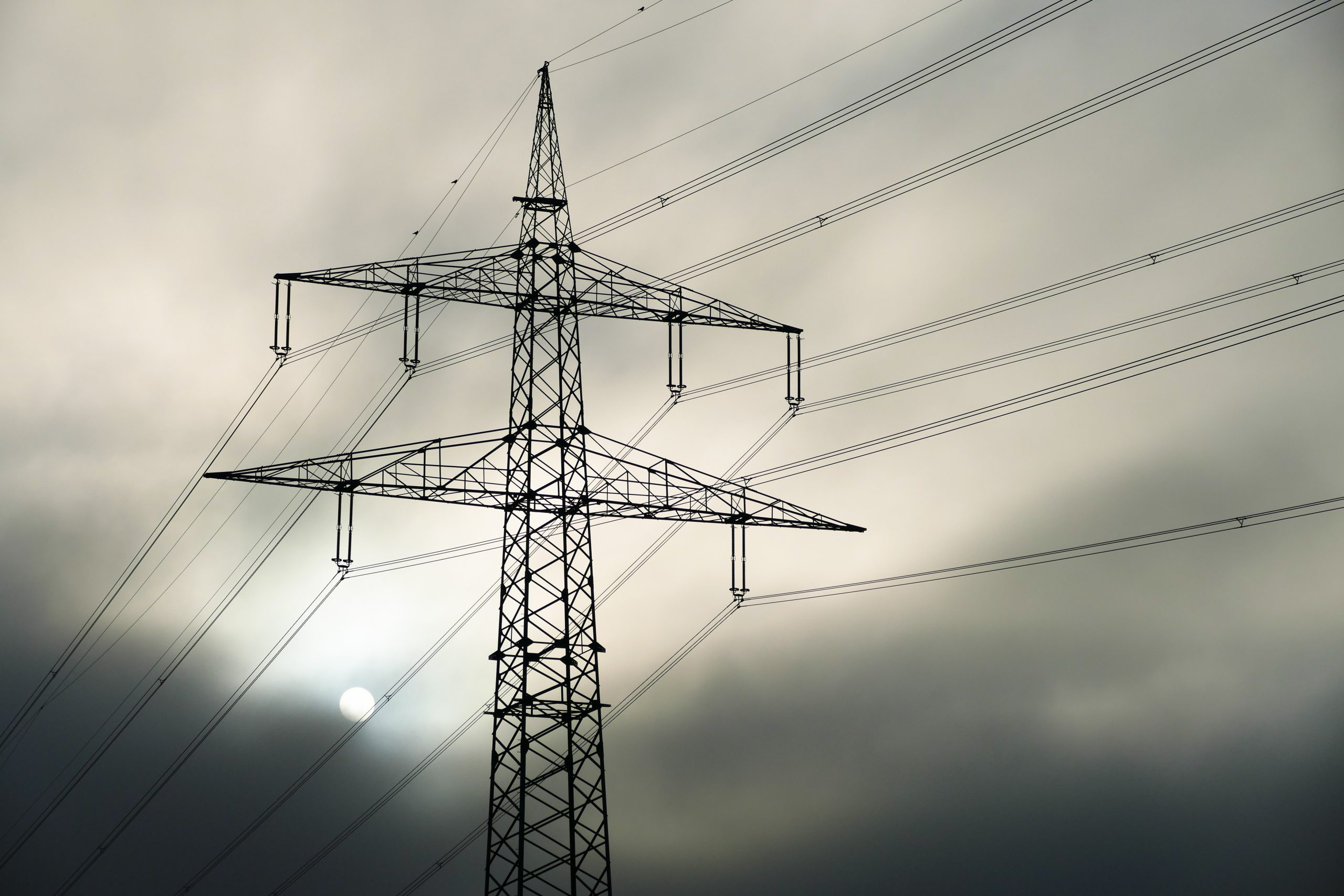Neutrino energy: what it is and how it can help you
Neutrino energy: what it is and how it can help you! What exactly is neutrino energy, and how can it help you? Neutrino energy has been around for centuries, but its potential applications are still being discovered today. It’s actually an energy source that the vast majority of people don’t even know about, but it could change everything about the way that we live and do business on this planet. Let’s talk about what neutrino energy is and how it could potentially benefit your life.
What is neutrino energy?
Neutrinos are particles that exist with no mass and carry no electric charge. They’re so light that they pass through almost anything, including the Earth. Neutrinos are created in nuclear reactions, including those which take place inside the Sun’s core. These neutrinos have been detected from space by orbiting observatories like NASA’s Fermi Gamma-ray Space Telescope. Because they don’t interact with other matter very much (or at all), they’re able to travel long distances without being slowed down or absorbed by anything else. In fact, neutrinos could even be passing through your body right now!
Who stands to gain from neutrino power?
Neutrinos are tiny particles with no electric charge. They travel so fast that they’re able to travel through the earth without being slowed down, making them a potential source of clean, efficient power. Neutrinos have no mass and have the ability to pass through matter almost undisturbed. This means that neutrinos can be used for deep space communications, such as in communicating with our unmanned probes throughout our solar system. But neutrinos also offer an opportunity for a new form of clean power generation here on Earth that could solve some of our most pressing problems like pollution, global warming, or energy shortages. Lightweight and non-magnetic, neutrinos can be harnessed using long underground pipes made from special insulating material called a cryostat. These pipes keep the coolant (usually liquid nitrogen) at just above absolute zero (-460°F). The plan is to use these pipes to transport huge amounts of heat from geothermal sources near volcanic sites or other high-temperature areas on Earth’s surface, where the hot fluid would turn turbines which generate electricity by turning magnetic fields generated by electricity from large generators.
What are the challenges with using this type of energy?
Although neutrinos are very small, they interact with other particles in the same way as any other type of particle. This means that neutrinos will have a range of effects on the environment, including causing some to decay. Much of the time this process will be harmless, but if too many neutrons are created at once there could be an environmental issue. The problem is that scientists currently know so little about neutrinos that it’s hard to gauge just how much effect they have on surrounding materials. So for now, we must continue to monitor their effects on environments where large-scale testing has been done and make sure we do not expose ourselves or future generations to them in large quantities.
How do we solve these problems?
We need to find a clean, reliable form of energy that doesn’t pollute the air or water. The answer might be Neutrinos. They’re tiny, neutral particles that are created when radioactive atoms decay. Right now, we don’t know enough about them to harness their power. But new technologies are emerging that could allow us to use neutrinos to generate electricity in the future. One way this might work would be by using solar panels to capture solar energy, which is then converted into microwaves. These microwaves would then release a beam of protons that collide with other protons and create an intense beam of neutrinos. From there, the neutrinos could travel long distances from an array of collectors located near power plants or wind farms all over the world – generating electrical current for our homes!
How will people benefit from this technology?
The technology of neutrinos is one that has been in the works for years, but now scientists are finally ready to release this new form of energy to the world. The benefits of neutrinos are not only plentiful, but they also provide a safe, cost-effective way to power homes and other buildings.
Neutrinos are the most abundant particles in the universe. They are emitted by stars like our sun, as well as from exploding supernovae. On Earth, they come from radioactive decay occurring deep within its crust.
The radiation from these sources travels unimpeded through almost anything solid or liquid on Earth’s surface (except for lead) because neutrinos cannot be stopped by any known material on Earth’s surface, including lead! When traveling from outside the Earth to inside, these neutrinos are called cosmic rays. When traveling inside the Earth, these neutrinos are called geoneutrinos. These two types of neutrinos have different energies, but each type is made up of a spectrum of energies. Cosmic rays have an average energy level near 1 billion electron volts (1 GeV). Geoneutrinos generally have an average energy level less than 10 keV.
One exciting aspect about this type of energy is that many people will benefit in some way– whether they live inside the house powered by neutrons or use technology such as cell phones or computers that require power generated by nuclear reactions. It could even bring down electricity bills with more affordable power generation methods!
know about Introducing NFTs: The New Way to Collect and Own Digital Art
Are there any precautions in using neutrinos?
One of the major drawbacks to neutrinos as a clean energy source is that they are only effective at long distances. Additionally, they have been shown to have some negative effects on human health which scientists are still unsure about. The experiments done so far show no major negative effects on humans, but there are still many unknowns that need to be researched before neutrinos can be used for a wide range of purposes. Scientists also aren’t sure about the impact that neutrinos will have on the environment, but because they don’t produce any greenhouse gases or other pollutants, we may find out soon enough.
Why do we need more research on neutrinos?
Neutrinos are a type of subatomic particle. They are very small, but they have mass. A neutrino has no electric charge and interacts very weakly with other particles. Neutrinos do not interact with photons, so we cannot see them in a way that would correspond to our normal vision. We also know neutrons because they are one of the main components of an atom’s nucleus, but neutrons have a larger mass than neutrinos. In fact, the difference between the masses of a proton and neutron is about 1%.
In recent years physicists started considering whether this form of energy could be harnessed for use in power generation. However, when considering its potential benefits, there are many issues such as cost-effectiveness which need to be researched before any real progress can be made on using this source of power. It may take another decade or two before we have enough evidence to determine whether this form of energy is feasible for powering buildings or vehicles without causing harm to the environment.




